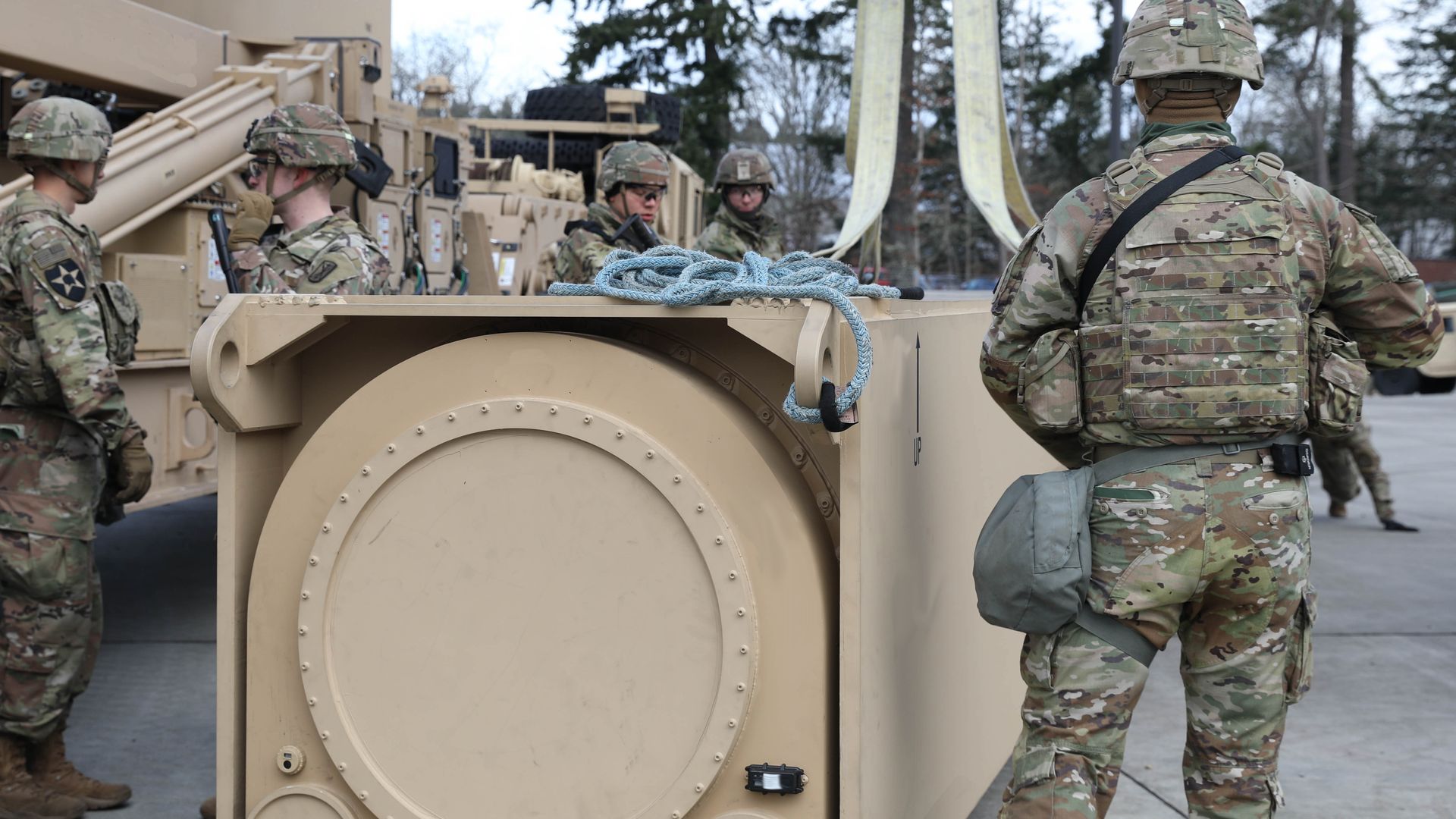
THE UNITED STATES MILITARY IS STILL PLAYING CATCH UP TO CHINA WHEN IT COMES TO MODERN HYPERSONIC MISSILES. THE ARMY HOPED IT COULD FIELD A BATTERY OF HYPERSONIC MISSILE LAUNCHERS BY THE END OF THE YEAR, BUT SEVERAL FAILED TESTS IN A ROW IS PUTTING A DAMPER ON THOSE HYPERSONIC HOPES.
WHILE EVERY INTERCONTINENTAL BALLISTIC MISSILE SINCE WORLD WAR II HAS BEEN ABLE TO TRAVEL AT HYPERSONIC SPEEDS, IN THE MODERN LEXICON OF DEFENSE JARGON HYPERSONIC WEAPONS AREN’T JUST FAST. THEY CAN MANEUVER AS WELL, TAKING UNPREDICTIABLE PATHS TO THE TARGET AND MAKING THEM DIFFICULT TO DEFEND AGAINST.
THE PENTAGON HAS SEVERAL PROJECTS IN THE WORKS TO DEVELOP HYPERSONIC MISSILES. THE US ARMY AND NAVY ARE WORKING TOGETHER ON ONE OF THOSE TO DEVELOP WHAT THE ARMY CALLS A LONG-RANGE HYPERSONIC WEAPON, OR LRHW, AND WHAT THE NAVY CALLS CONVENTIONAL PROMPT STRIKE, OR CPS.
IT’S THIS JOINT PROJECT WHICH SUFFERED THE MOST RECENT SETBACK IN OCTOBER.
THE NAVY TOOK THE LEAD ON DESIGNING THE PRIMARY COMPONENT OF THE WEAPON, THE COMMON HYPERSONIC GLIDE BODY, OR C-HGB. THE GLIDE BODY IS THE PART OF THE WEAPON THAT CARRIES THE WARHEAD AND ULTIMATELY DELIVERS THE KILLING BLOW. THE NAVY INTEGRATED THE GLIDE BODY WITH A TWO-STAGE BOOSTER, CREATING WHAT’S KNOWN AS AN ALL-UP ROUND. THE ARMY IS TAKING THE LEAD ON MANUFACTURING THE C-HGB.
OVER THE COURSE OF THE LAST YEAR, THE ARMY TRIED THREE TIMES TO USE ITS LAND-BASED LAUNCH SYSTEM TO TEST ITS LRHW. THE LAUNCHER FITS ON THE BACK OF A TRAILER AND IS SIMILAR TO WHAT’S USED BY PATRIOT MISSILE BATTERIES. BUT EACH OF THOSE TESTS HAD TO BE ABORTED WHEN PRE-FLIGHT CHECKS REVEALED ANAMOLIES IN THE SYSTEM.
AFTER THE MOST RECENT SCRUBBED LAUNCH, THE ARMY AND NAVY ARE TAKING APART THE WEAPONS SYSTEM TO DETERMINE WHAT WENT WRONG.
THE ARMY HAD PLANNED TO FIELD ITS FIRST LRHW BATTERY BY SEPTEMBER. OBVIOUSLY, THAT DIDN’T HAPPEN. THE SOONEST THE ARMY CAN NOW HOPE TO FIELD AN LRHW BATTERY WOULD BE IN THE FIRST QUARTER OF 2024, IF NOT LATER.
THAT DELAY WILL ALSO PUSH BACK THE NAVY’S EFFORTS TO INCORPORATE THE C-HGB INTO ITS CONVENTIONAL PROMPT STRIKE MISSILE. THE NAVY PLANS TO ARM ZUMWALT CLASS DESTROYERS FIRST WITH THE HYPERSONIC WEAPONS, AND THEN VIRGINIA CLASS DESTROYERS.







